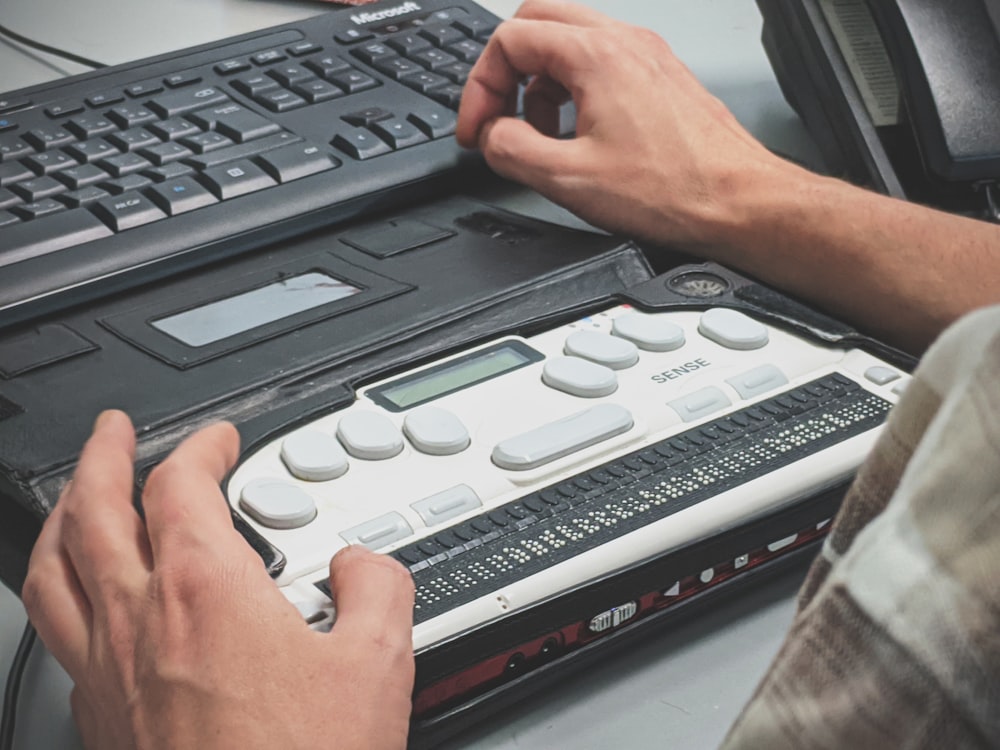
Visual impairments can be broadly defined as any loss or impairment of vision that affects an individual’s ability to engage in normal daily activities. Types of visual impairments include low vision, blindness, and partial blindness. Low vision may be characterized by difficulties seeing details at a distance or in dim light, while blindness may involve total loss of sight. Partial blindness may involve reduced vision in one or more areas of the visual field. Visually impaired people face unique challenges when traveling, so it’s important to make things as easy as possible for them. At iC2 Prephouse, they provide visual impairments resources for those who seek for such services. In this article, I am going to share seven amazing ways to make life more accessible for people with visual impairments.
The Different Types of Visual Impairments Resources
1. Use a cane or walker if you have one.
Cane use is widespread throughout the world, and it’s a great way to make sure you have the most direct path to wherever you’re going.
2. Bring along a guide or friend.
Visually impaired people often have difficulty reading signage or tracking down specific information on their own. Having a guide or friend to help you out can make all the difference.
3. Use a screen reader or magnifier.
Screen readers and magnifiers enable visually impaired people to access websites, emails, and other content in a way that’s comprehensible to them.
4. Bring a hearing aid.
Hearing aids can make it easier for visually impaired people to understand conversations, as well as environmental sounds.
5. Use a white cane.
A white cane is an internationally recognized symbol of access for people with visual impairments.
6. Use a portable braille reader.
Portable braille readers are perfect for visually impaired people who want to be able to read both text and images without having to carry around a separate device.
7. Use a voice recorder and transcription service.
Voice recordings and transcripts can be a tremendous help for visually impaired people who want to document their travel experiences.
Visual impairments can have a significant impact on an individual’s quality of life and ability to work, participate in social activities, and carry out daily tasks. Fortunately, there are many other resources available to individuals with visual impairments that can help them live fulfilling lives. These resources include: access to eyeglasses or contact lenses; specialized software that helps people with low vision read; sign language interpreters; support groups for people with disabilities; and accessible public transportation.
Why are visual impairment resources important?
Visual impairment resources are important for people with visual impairments because they can help them get the information and services they need. They can also help people stay informed about new developments in the field, and connect with other people who have similar needs. Visual impairment resources can include information about assistive technologies and devices, services available through nonprofit organizations or government agencies, and online resources. They can also include articles, videos, and other content that is specific to people with visual impairments. It is important for people with visual impairments to have access to these resources because they can help them get the information and services they need. They can also help them stay informed about new developments in the field, and connect with other people who have similar needs.
These are just a few of the ways that making life more accessible for people with visual impairments can make traveling easier and more fun. If you’re planning a trip soon, be sure to take these tips into account. Check out iC2 Prephouse for their visual impairments resources which can benefit you!